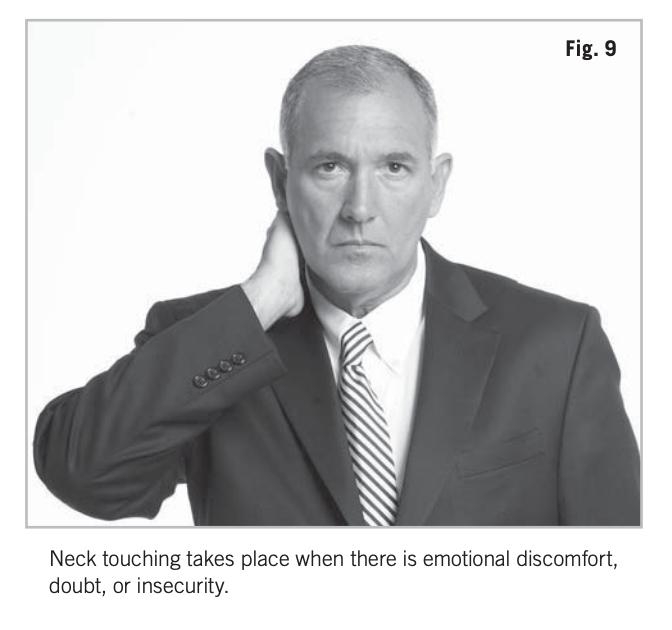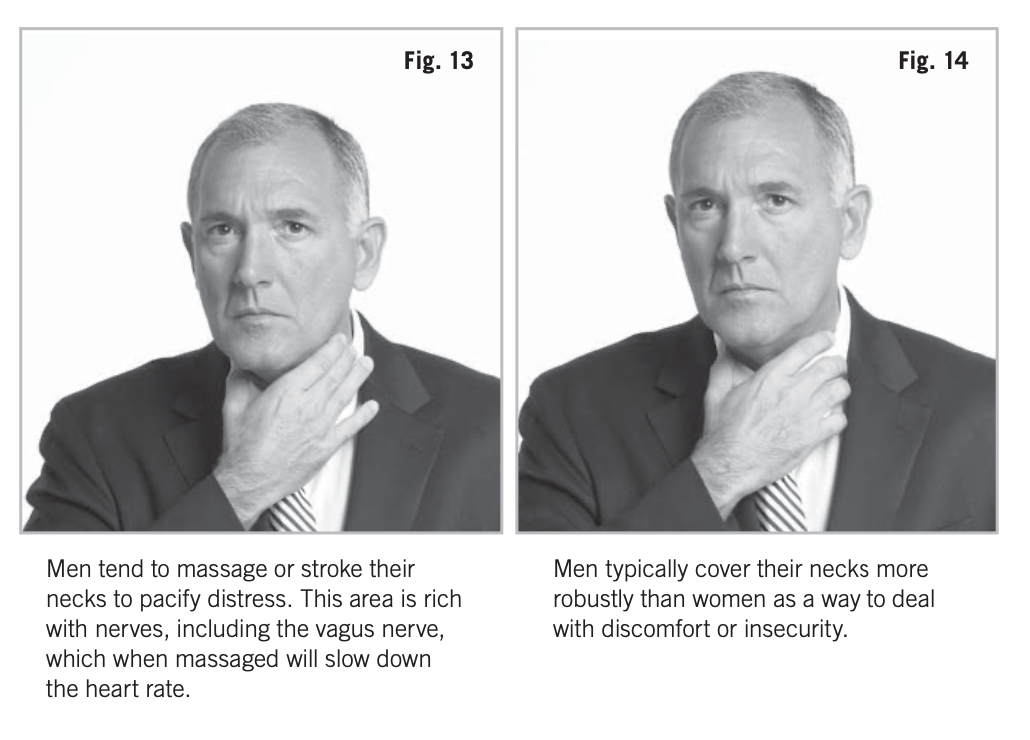I love reading (actually listening) books. This wasn’t the case a few year back. It all changed with one single book. Radical Candor. Somehow before this book, I never imagined books to have the exact solutions for the business problems I might have. Since the author wrote the book at a different time, in a different context without knowing anything about my current situation, I assumed reading them might not be so helpful.
As I’ve read more and more books, I’ve learnt a few things about reading in general. These are three main principles I’ve come to realize.
1. Trust yourself to recollect knowledge
This is the first challenge I had to overcome while reading a book. Especially the business books which had tons and tons of advices or design books with too many best practices. My first concern was whether I’ll be even able to recollect everything.
For example, consider the book “What Every Body is Saying: An Ex-FBI Agent’s Guide to Speed-Reading People“. This is an interesting book with a lot of concepts to understand about the body language. Obviously I don’t recollect the entire book now, but every time I read the book, I retain a few extra concepts. One concept I still remember is how/why we touch our neck when we are nervous or under stress. The following is the content is the actual content from the book.
“Neck touching and/or stroking is one of the most significant and frequent pacifying behaviors we use in responding to stress. When a woman touches this part of her neck and/or covers it with her hand, it is typically because she feels distressed, threatened, uncomfortable, insecure, or fearful. One person may rub or massage the back of his neck with his fingers; another may stroke the sides of his neck or just under the chin above the Adam’s apple, tugging at the fleshy area of the neck. This area is rich with nerve endings that, when stroked, reduce blood pressure, lower the heart rate, and calm the individual down.
Typically, men are more robust in their pacifying behaviors, grasping or cupping their necks just beneath the chin with their hands, thereby stimulating the nerves (specifically, the vagus nerves or the carotid sinus) of the neck, which in turn slow the heart rate down and have a calming effect. Sometimes men will stroke the sides or the back of the neck with their fingers, or adjust their tie knot or shirt collar.
Women pacify differently. For example, when women pacify using the neck, they will sometimes touch, twist, or otherwise manipulate a necklace, if they are wearing one. As mentioned, the other major way women neck pacify is by covering their suprasternal notch with their hand. Women touch their hands to this part of their neck and/ or cover it when they feel stressed, insecure, threatened, fearful, uncomfortable, or anxious. Interestingly, when a woman is pregnant, I have observed that her hand will initially move toward her neck but at the last moment will divert to her belly, as if to cover the fetus.”



In fact, the main reason why we (and all animals) cover the neck when threatened is mainly because that is how animals attack each other. For example, lions and tigers kill by going for the neck. We (our ancestors) probably survived many such attacks by protecting our neck and even now we respond to stress the same way.
Now imagine a meeting with 10+ people. We are still discussing a critical topic and fully engrossed in the topic we are discussing. If someone is touching their neck for whatever reason, will I ever remember this concept at all. But I started picking it up slowly (without trying hard). It is slow, but steady. I notice it now without even trying.
Now, I don’t doubt myself when I’m reading the book. I trust myself to use to recollect knowledge whenever I read them.
2. Different modes of reading
There are three different modes of reading. Reading from a physical book, e-book or listening to an audiobook. There are pros and cons of each and every one of them.
| Reading Mode | Ease of Reading | Level of Retention |
|---|---|---|
| Physical Book (aka Amazon) | Low: You need to carry the book all the time. Need a peaceful place. Can’t carry multiple books at the same time. | High: Everything you read has a physical address. The address is different for different concepts. For example, top right page of 42 could be where I read about neck touching pacifying behaviour. |
| E-book (aka Kindle) | Medium: You need to carry a very small device all the time. Still need a peaceful place. | Medium: There is still a physical address for every line you read. But multiple concepts might have the same physical address. For example, top half of kindle could be where I read about neck touching pacifying behaviour. |
| Audio Book (aka Audible) | High: You already have this on your phone. You can listen anywhere (waiting in a queue, walking with a lot of traffic around. | Low: None of the content has any physical address. It is hard to change the speed at different times. Even harder to mark a location or pause and think. |
3. Completing a book
When I started with reading, there is always a lot of pressure to complete the book. This took a while to fix and now there is no guilt in leaving the book unfinished. There are two factors which plays to this.
- Once I’ve figured out the core of the book, I stop reading the book. My time is a lot more valuable than the idea completing a book. The idea is to reduce the sunk cost when the book doesn’t have anything more to offer.
- Some books feel totally different when you re-read it after a few years. The best example I can give is the The Little Prince. Reading it 5-10 years back and now makes a HUGE difference. So, I assume if I find the book boring/not making sense, I’m not there yet and just put the book back in shelf.
I also maintain the list of books I’m reading. You can find the full list at https://sp2hari.com/books/.
